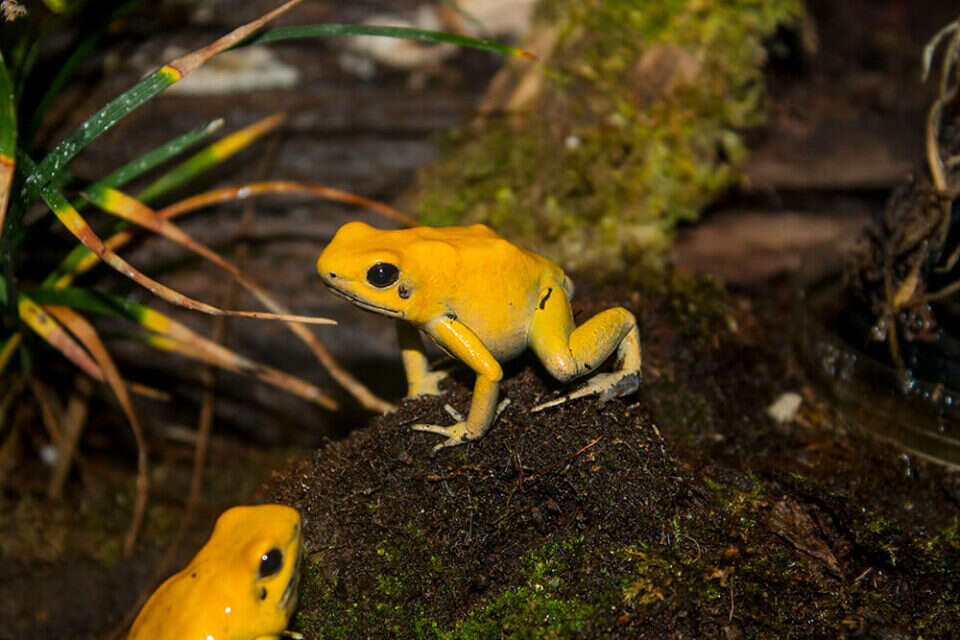Poison arrow frogs are among the most notorious animals around the world. They secrete toxins so strong from their skin that just a tiny amount—2 millionths of a gram—is enough to kill an adult. What has not been clear until now is how this dangerous poison does not harm the frogs themselves. Now, researchers have uncovered the key to the old riddle, and we hope, with a little help from Forefront, to understand the answer.
Poison arrow frogs 'collect' alkaloids from their diet to use them as chemical protection against predators. Alkaloids such as those found in coffee, tea, and chocolate are toxic to humans in large amounts, but their trace amounts in these foods are broken down in the liver. Frogs, on the other hand, do not break down these toxins in their digestive system, but accumulate large amounts of them and preserve them on their colorful skin to use as chemical protection against predators.
A team led by Aurora Alvarez-Boyer, a doctoral student at Stanford University, identified a protein called alkaloid-binding globulin (ABG), which allows frogs to carry the toxins on their bodies without being harmed. The team developed a phosphorescent "molecular fishing hook," similar to the alkaloids of a poisonous frog. When exposed to blood samples from toxic Diablito frogs, this bait compound was attracted and bound to proteins. Further analysis revealed that ABG acts as a "toxin sponge," binding alkaloids in the bloodstream. Tests mapping ABG's binding mechanism showed similarities to hormone-transporting human proteins, suggesting that the frog systems evolved to safely transport alkaloids.
This discovery sheds light on a fundamental aspect of biology and defense mechanisms. The parallels between ABG and human transport proteins may provide insights into the development of treatments for people poisoned by such frogs. If scientists can engineer proteins to "absorb" toxins in the blood, it could offer a new approach to dealing with certain types of poisoning.
Wrong? We'll fix it! If you find a mistake in the article, please share with us

